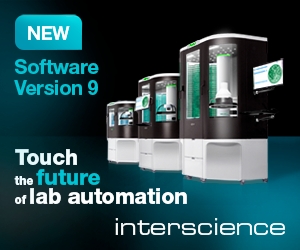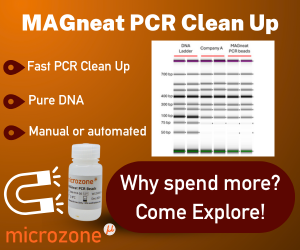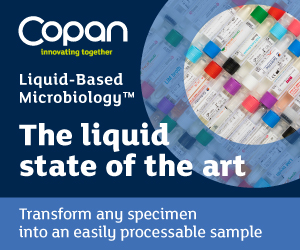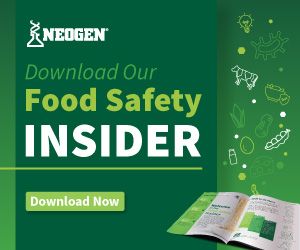The Importance of Pr...
Detection of Salmone...
20th July 2015 Content supplied by: Neogen Corp.
Test Environmentals for Listeria monocytogenes in 17 Hrs - AOAC Approved
Neogen Corporation has received approval from the AOAC Research Institute for its new rapid and accurate test to definitively detect Listeria monocytogenes DNA in food and environmental samples.
Neogen’s newly approved ANSR® for Listeria monocytogenes (Performance Tested MethodSM certification, No. 061506, from the AOAC Research Institute) detects L. monocytogenes after only 10 minutes post-sample processing. Neogen’s ANSR is an isothermal amplification reaction test method that exponentially amplifies the DNA of any target bacteria present in food and environmental samples to detectable levels.
“The AOAC approval further validates our test as an invaluable tool to food producers,” said Ed Bradley, Neogen’s vice president for Food Safety. “ANSR is the fastest DNA-definitive pathogen assay available — with results in only 10 minutes. Compared to the three hours other methods such as polymerase chain reaction, or PCR, take to produce DNA-level results, that’s a huge difference in a laboratory’s workflow, and the operations of a food producer as a whole.”
Combined with ANSR’s single-step enrichment, Neogen’s new pathogen detection method for L. monocytogenes can provide definitive results in as little as 17 hours for environmental samples from the time the sample is taken. The new test also utilizes Neogen’s LESS Plus Medium, which can be autoclaved — allowing for larger batches of media to be prepared prior to use.
The approval covers the use of the ANSR system to detect L. monocytogenes in the following sample types: hot dogs, Mexican-style cheese, cantaloupe, guacamole, pasteurized liquid egg, sprout irrigation water, and sponge samples from stainless steel surfaces.
Neogen’s line of ANSR products also includes AOAC Research Institute-validated ANSR for Listeria and ANSR for Salmonella.
Tags:
Date Published: 20th July 2015
Source article link: View
The Importance of Proper Air
Detection of Salmonella enterica in 375







